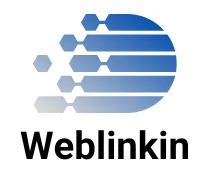
Python is a high-level, interpreted programming language known for its simplicity and readability. Created by Guido van Rossum and first released in 1991, Python has gained immense popularity due to its versatility and ease of learning.
Key Features:
- Easy to Read and Write: Python’s syntax is clean and straightforward, making it accessible for beginners.
- Versatile: Used in various fields such as web development, data analysis, artificial intelligence, scientific computing, automation, and more.
- Rich Ecosystem: Python boasts a vast collection of libraries and frameworks (e.g., NumPy, Pandas, Flask, Django) that extend its capabilities.
- Cross-Platform: Python is available on various platforms, allowing code to run on different operating systems without modification.
- Strong Community Support: With a large community of developers, extensive documentation, and numerous resources, finding help and libraries is easier.
Common Applications:
- Web Development: Frameworks like Django and Flask facilitate rapid web application development.
- Data Science: Libraries like Pandas and Matplotlib are used for data analysis and visualization.
- Machine Learning: Tools like TensorFlow and Scikit-learn enable building machine learning models.
- Scripting and Automation: Python is often used for automating repetitive tasks and scripting.
Conclusion: Python’s combination of simplicity, versatility, and a supportive community makes it a top choice for both beginners and experienced developers across various domains.
